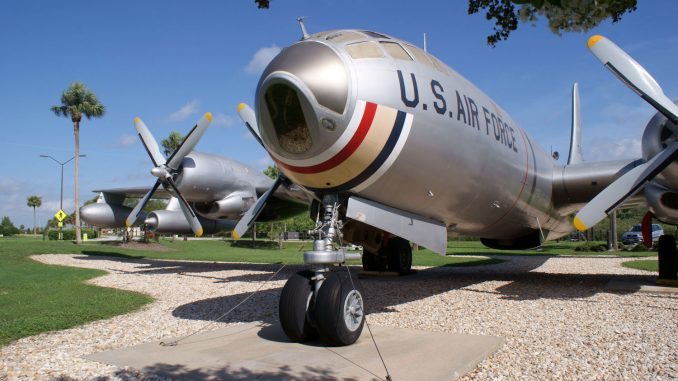
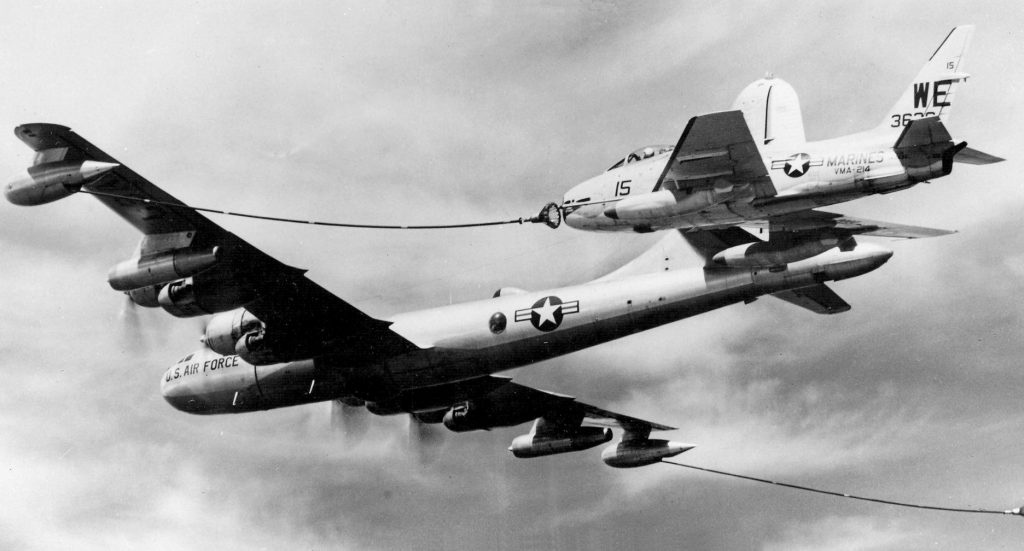
KB-50 Superfortress Moves North
by Richard Mallory Allnutt
The rare Boeing KB-50J Superfortress currently on display within the Memorial Air Park at MacDill Air Force Base near Tampa, Florida will soon be moving a thousand miles north to the Air Mobility Command Museum in Dover, Delaware. One of just a handful of complete B-50s in preservation, this Superfortress started life as a B-50D strategic bomber variant, rolling off Boeing’s famous Plant 2 production line in Seattle, Washington as U.S. Air Force serial #49-0389 during 1949. She flew with the 2nd Bombardment Wing (Medium) at Hunter AFB in Savannah, Georgia from 1950 to 1953. The Hayes Aircraft Corporation then modified the bomber into a KB-50J aerial refueling platform. She returned to service with the 4505th Aerial Refueling Wing. Her last assignment was with the 431st Air Refueling Squadron at Biggs AFB in El Paso, Texas. This unit was the final squadron to operate KB-50s, and 49-0389 was the last of their aircraft to retire, and therefore the last operational KB-50 in the U.S. Air Force when she made her final flight into Wright Patterson Air Force Base in Dayton, Ohio to become part of the National Museum of the U.S. Air Force on February 15th, 1965.
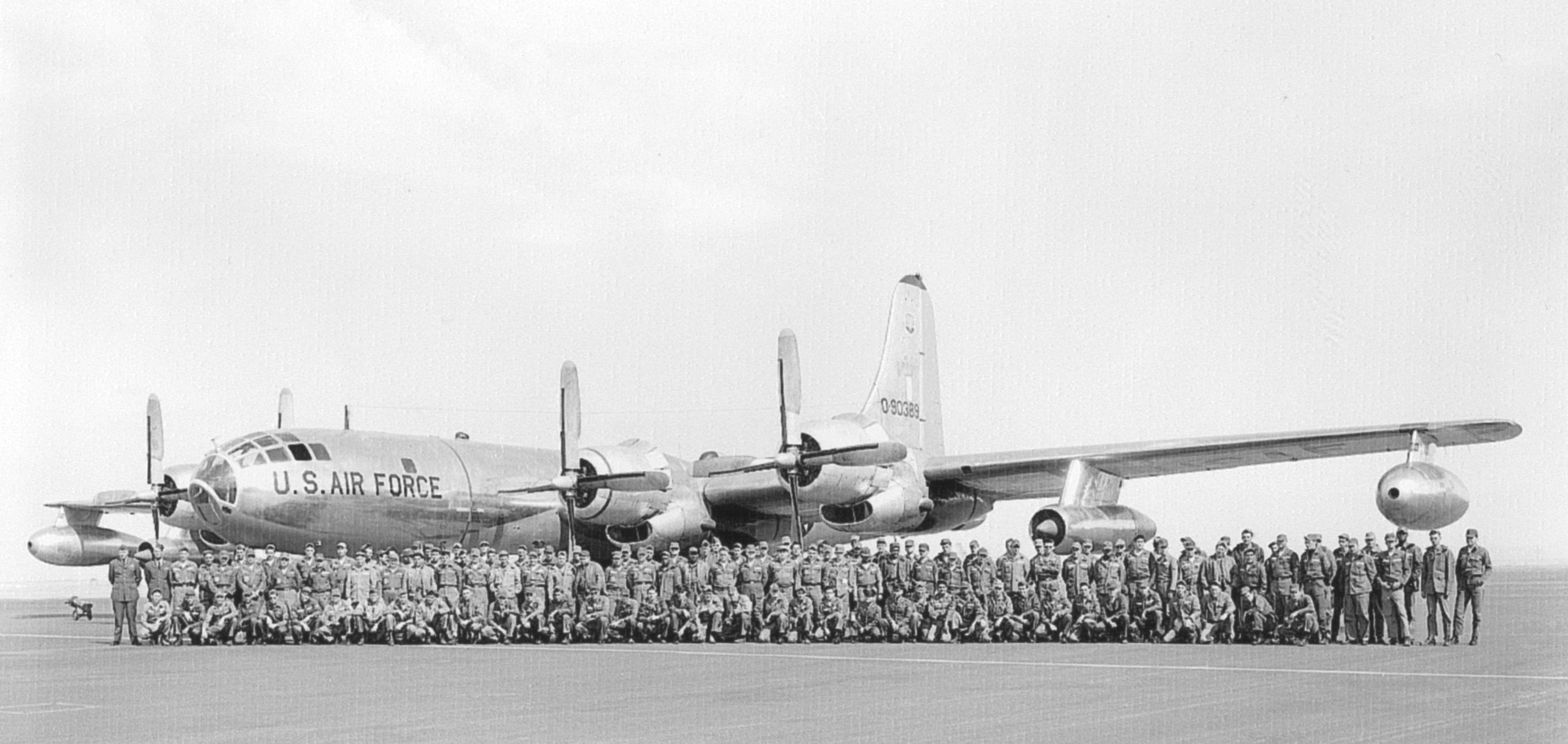
Just one other complete KB-50 exists in preservation, this being 49-0372 at the Pima Air & Space Museum in Pima, Arizona, while a pair of WB-50Ds survive (49-0310 at the NMUSAF in Dayton, OH and 49-0351 at Castle Air Museum in Atwater, CA).
In a recent press release from MacDill AFB, Steve Ove, 6th Air Mobility Wing base historian described how the Memorial Air Park arose in the 1990s, stating, “The base commander of MacDill at the time, Col. Charles T. Ohlinger III, and the airpark committee had a vision to expand the park with aircraft to represent each era of the base’s history. Once the landscaping of the park was finished, the KB-50J found its way to MacDill in late 1995.”
Following 9/11, however, the base priorities had to change, and maintenance personnel who once looked after the aircraft on display were no longer available. Their work was contracted out to civilians, which became expensive, especially due to the corrosive effects of Tampa’s hot, humid and salt-laden coastal air. The difficult environmental conditions already claimed one of the three aircraft in the Memorial Air Park last September when the base scrapped its F-4E Phantom II 66-0302, a former MacDill resident and six year veteran of the USAF Thunderbirds. “The F-4 display was too deteriorated to be moved,” Ove said. “And it was too cost-prohibitive to be repaired.”
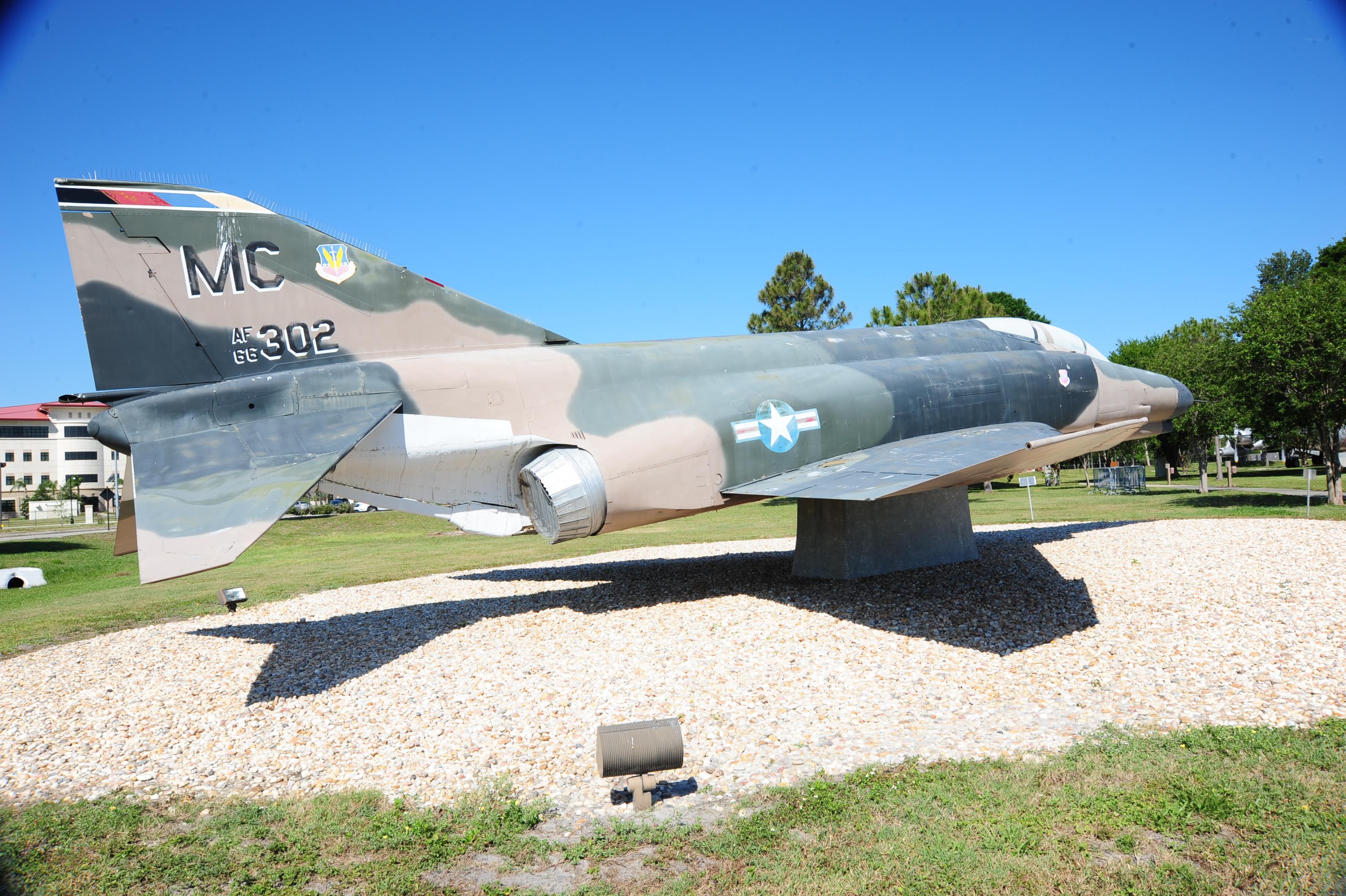
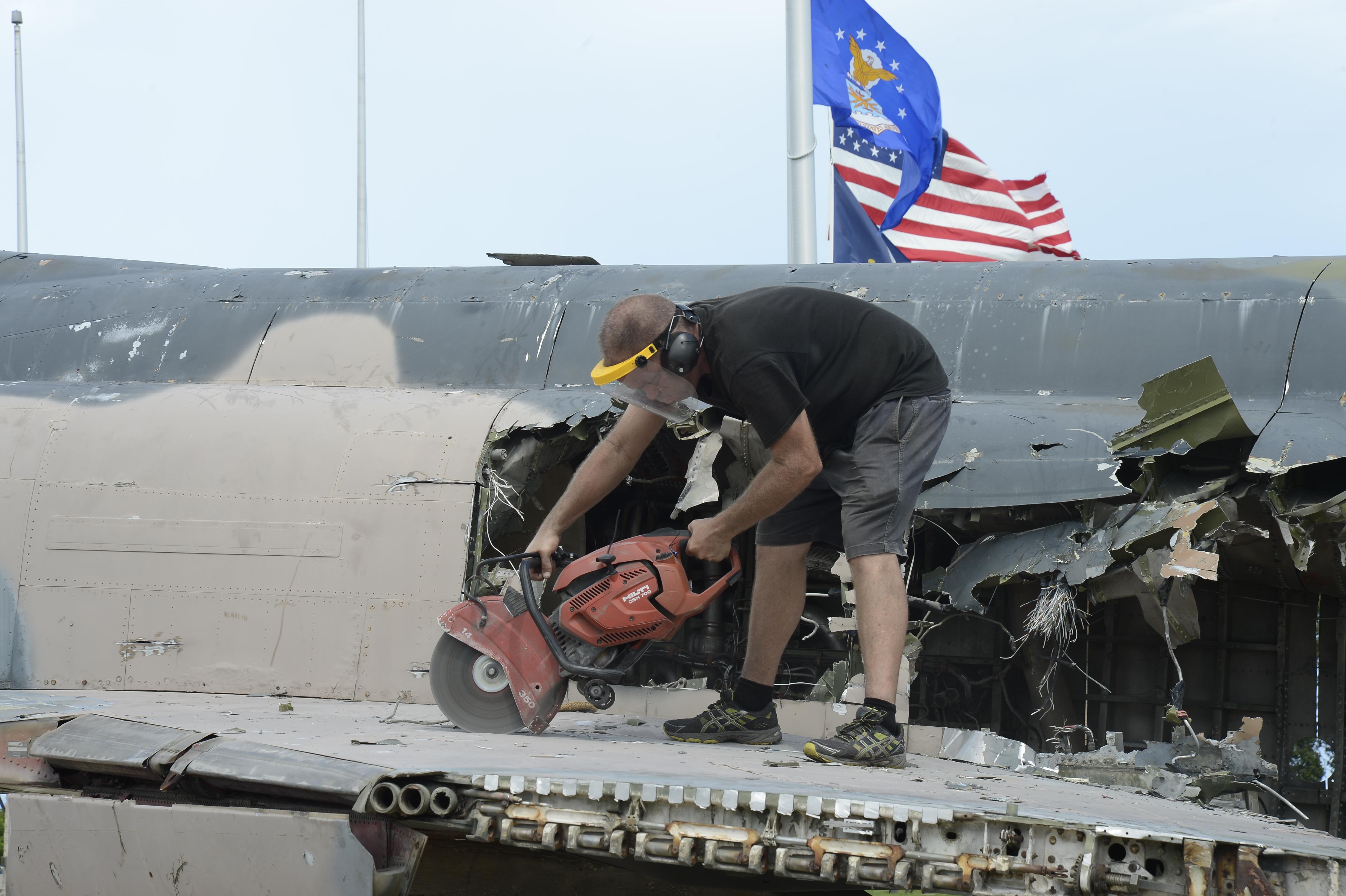
“Maintaining the historic static display aircraft in our highly corrosive environment is destructive to these irreplaceable artifacts,” stated Ove. “Additionally, the aircraft needs to be restored every so often and it isn’t very cost-effective for the base.”
Considering how vulnerable the KB-50 is at MacDill, and not discounting the near-miss from Hurricane Maria this year, the venerable tanker should find a safer home at Dover Air Force Base. It is a good fit too, because the Air Mobility Command Museum is the only such facility dedicated to preserving America’s airlift and air-refueling heritage.
“The AMCM is unquestionably the single most appropriate location for this historic aircraft,” said John Taylor, the director of the AMCM. “We already have identified a preliminary display position, placing this historic aircraft in line with the two other AMCM tankers, a KC-97 Stratofreighter and a KC-135 Stratotanker. “This will provide an arrangement of substantial impact, depicting an air refueling lineage of 60 years’ worth of strategic and tactical air refueling history.”
“The shared intent of our organizations is to leverage the much greater access of AMCM to maximize the public benefit by relocating the aircraft to a field museum befitting its rarity,” Taylor said. “The addition of the KB-50 would give the AMCM the largest collection of tankers in the USA.”
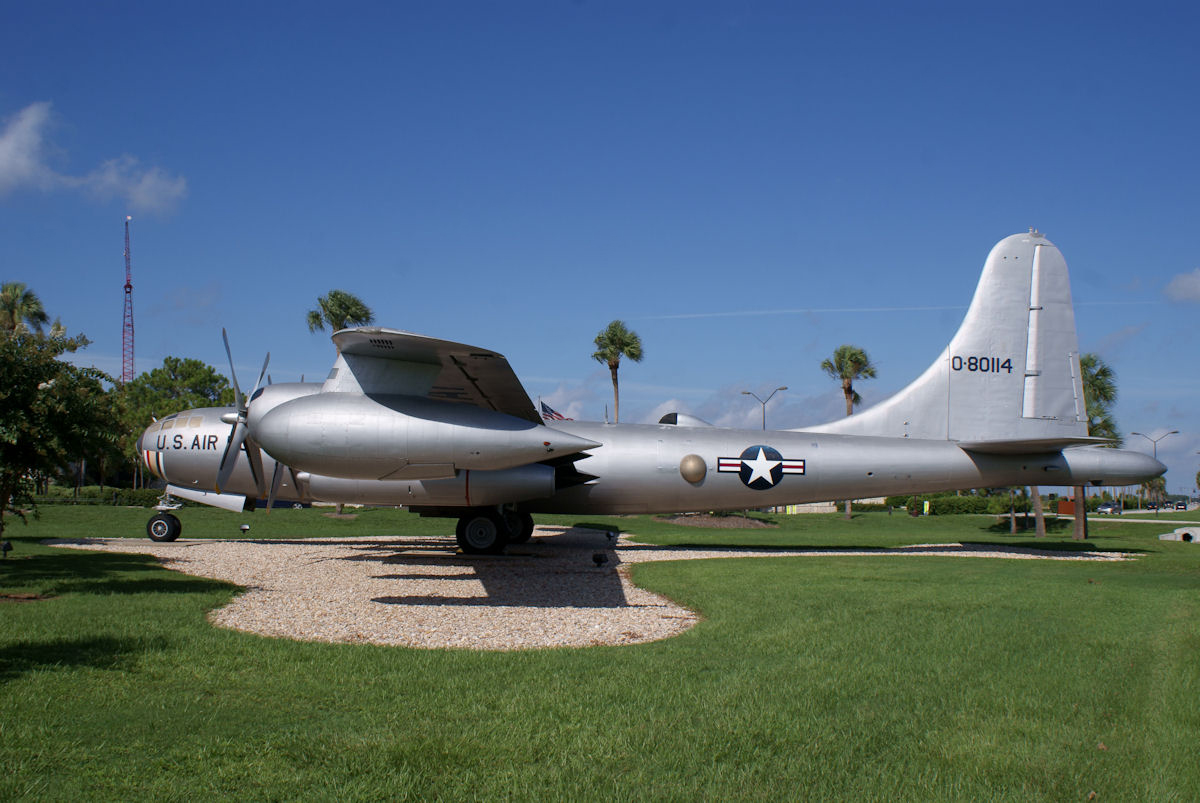
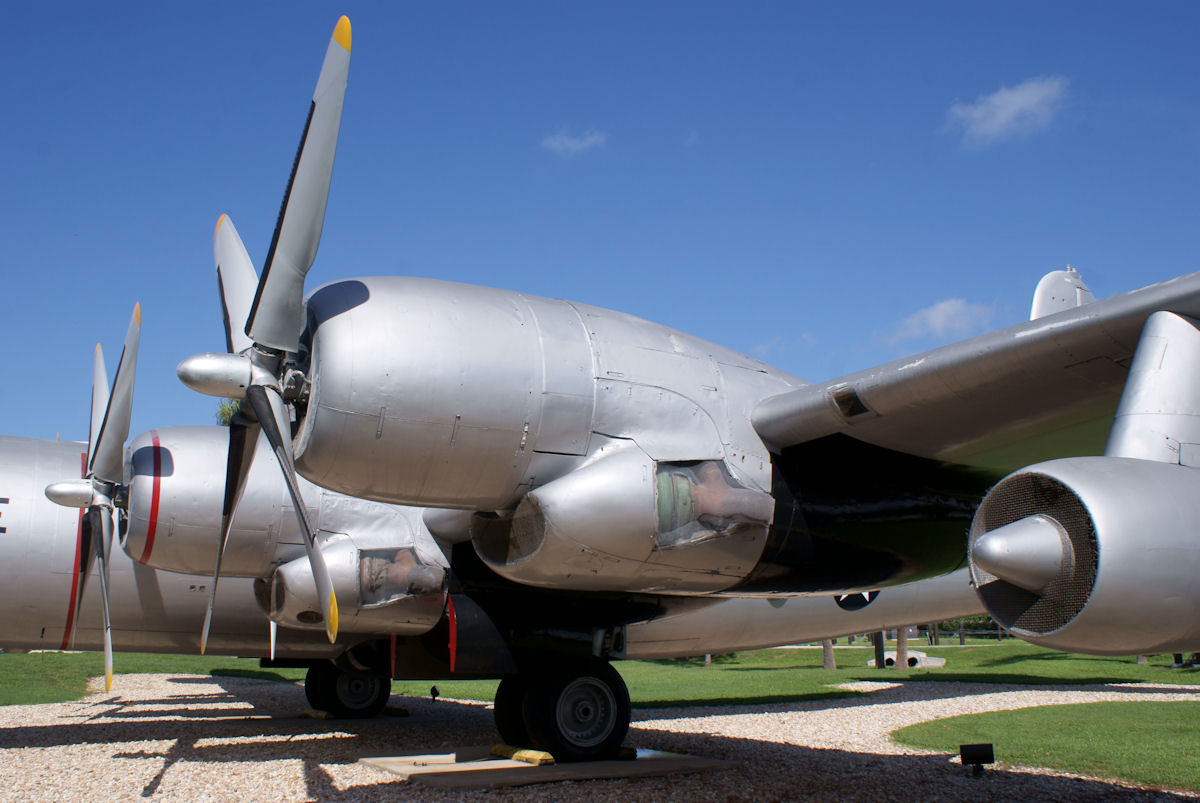
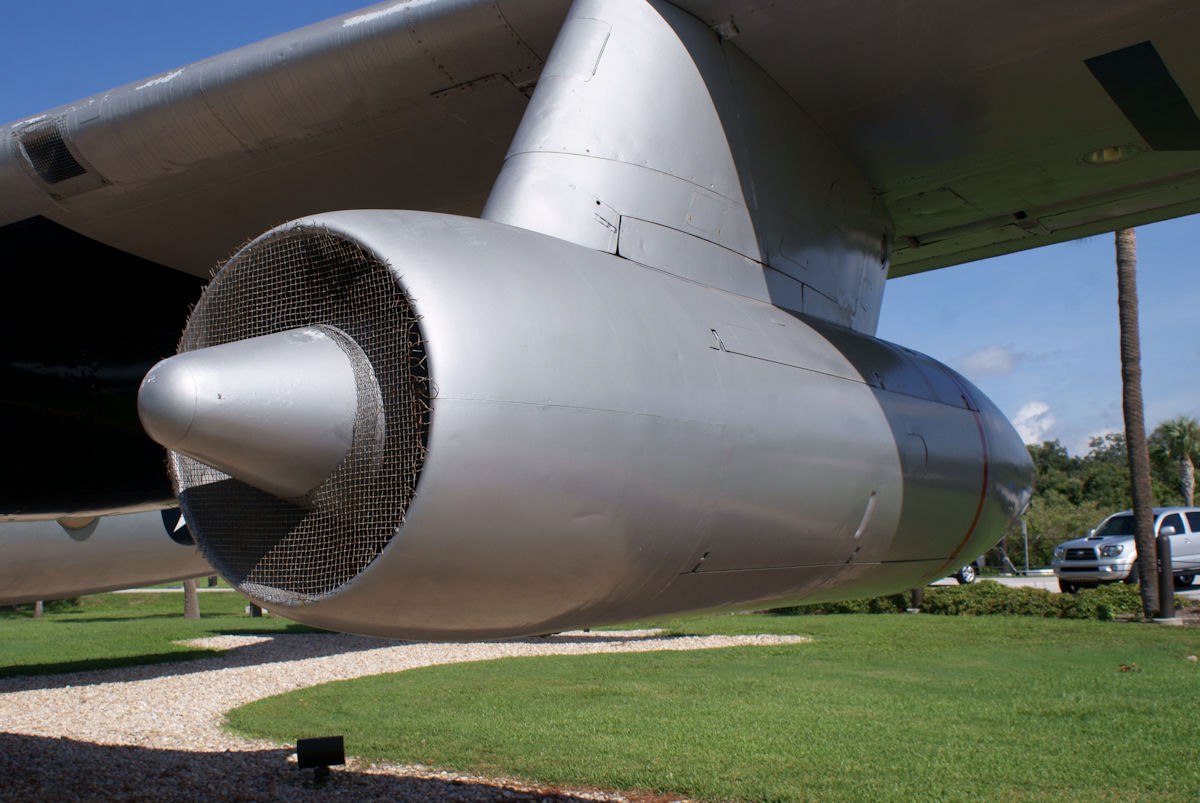
The Air Mobility Command Museum also has a dedicated band of volunteers and technical support to maintain their exhibits, so the Superfortress will be well maintained. Moreover, the public has better access to their aircraft displays, so the KB-50, and its place in history, will receive a lot more attention, and deservedly so. Contractors at MacDill AFB will carefully dismantle the Superfortress this month and transport her to Dover by road. Then the process of reassembly will begin.
The remaining exhibit at the MacDill Memorial Air Park, F-16A 81-0721, will also soon be leaving for pastures new. Disassembly is scheduled to begin soon after work starts on the KB-50J. This F-16 began life with the 50th TFW at Hahn AFB in what was once West Germany. In 1987 she transferred to the Florida Air National Guard, flying with the 159th FS/125th FW, and retired from service sometime after 1993. She is currently painted in 56th FW colors, representing the roughly 2,500 pilots who learned to fly the F-16 at MacDill between 1987 and 1993, when the type left the base. The Fighting Falcon will be going to Phoenix, Arizona to serve as a gate guard at the Arizona Air Guard headquarters.
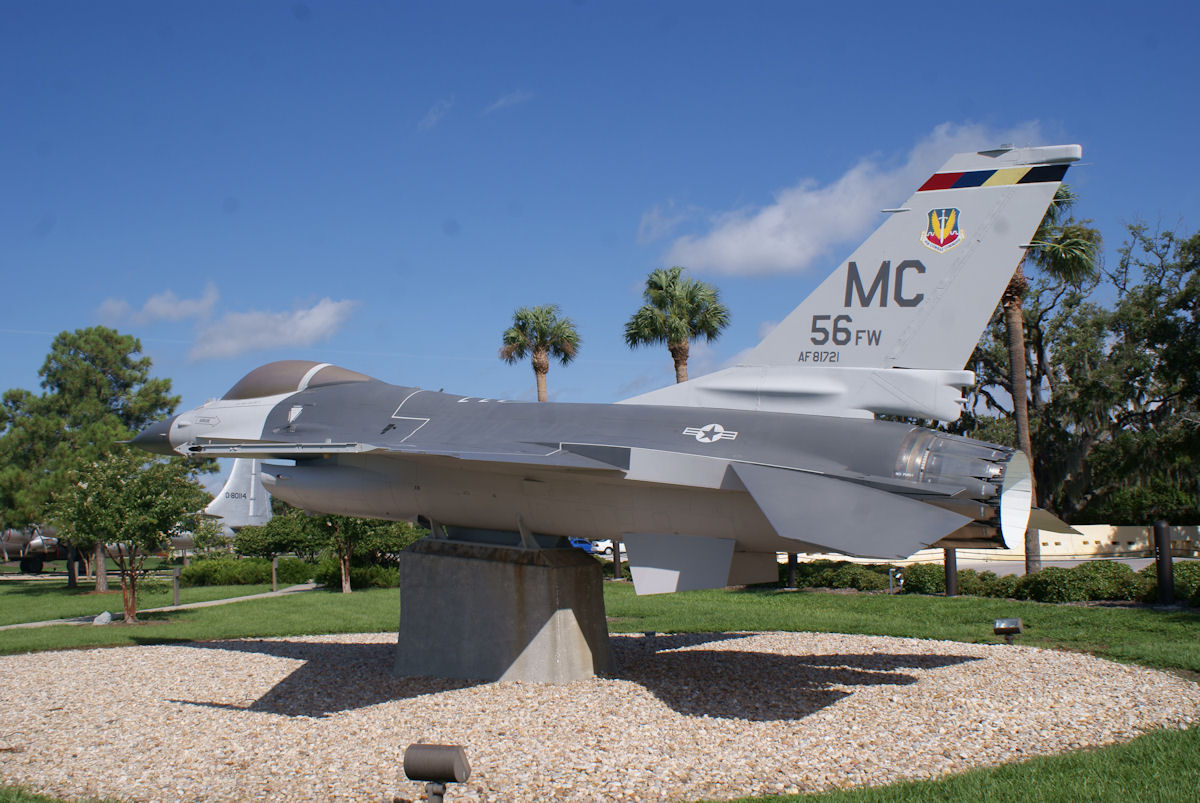
Regarding what happens to the land where these historic aircraft once stood, the 6th AMW press release continues…
As the air park is clearing out, wing leadership is taking this opportunity to expand on the vision of the existing Memorial Park, building it into a comprehensive community park that will host a broader and more historically accurate heritage display while also focusing on low maintenance and cost sustainability.
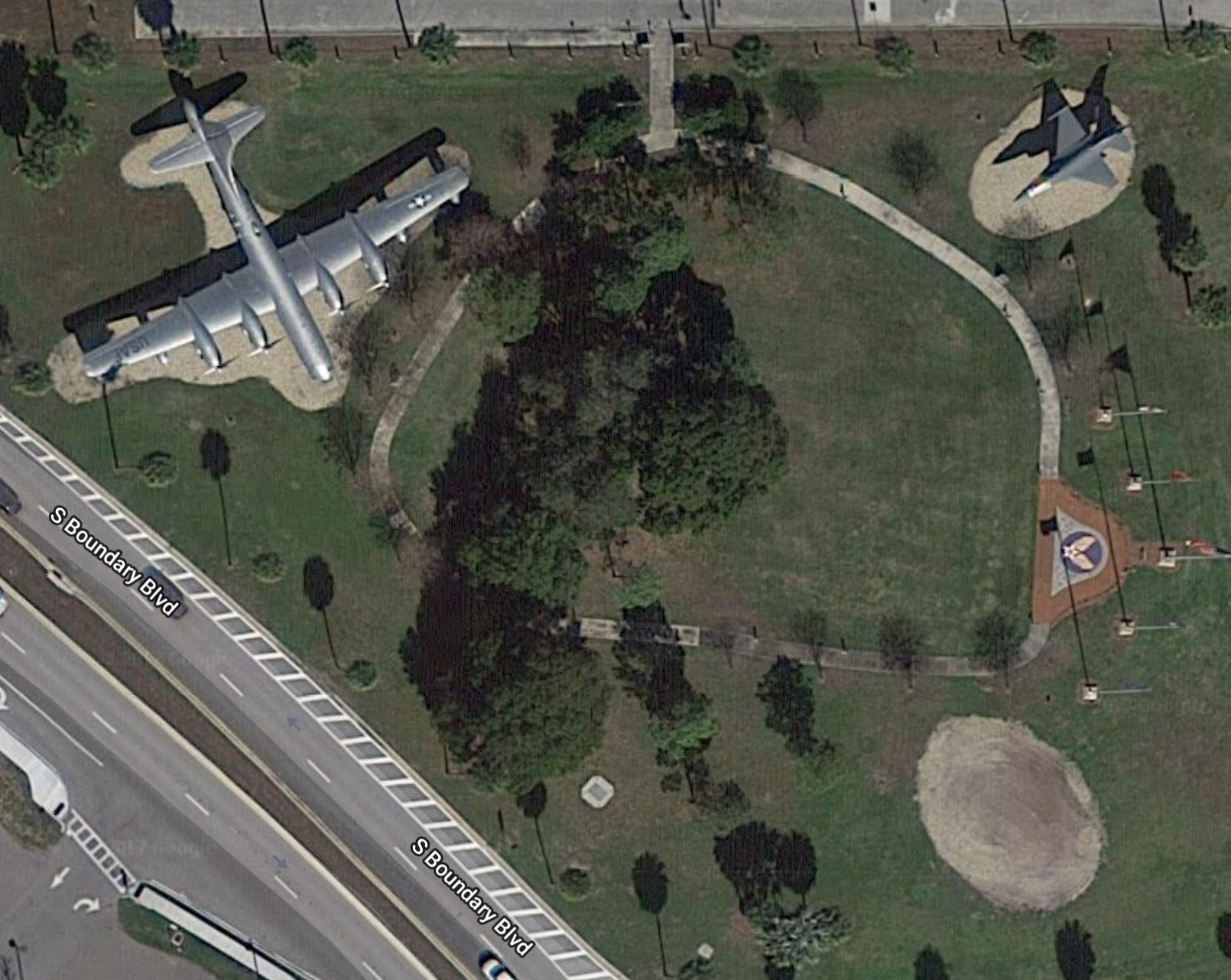
There are plans to replace the current static display aircraft with weatherproof displays of miniature models of the eight most impactful aircraft flown at MacDill. The park is also planned to house a covered pavilion that will be a central location for future ceremonies and base events. “The previous committee that created the Memorial Park set the foundation for this vision,” said Ove. “We want to make sure they understand that what they did was very important and we know they’ll be proud of the park once we finish this project.”
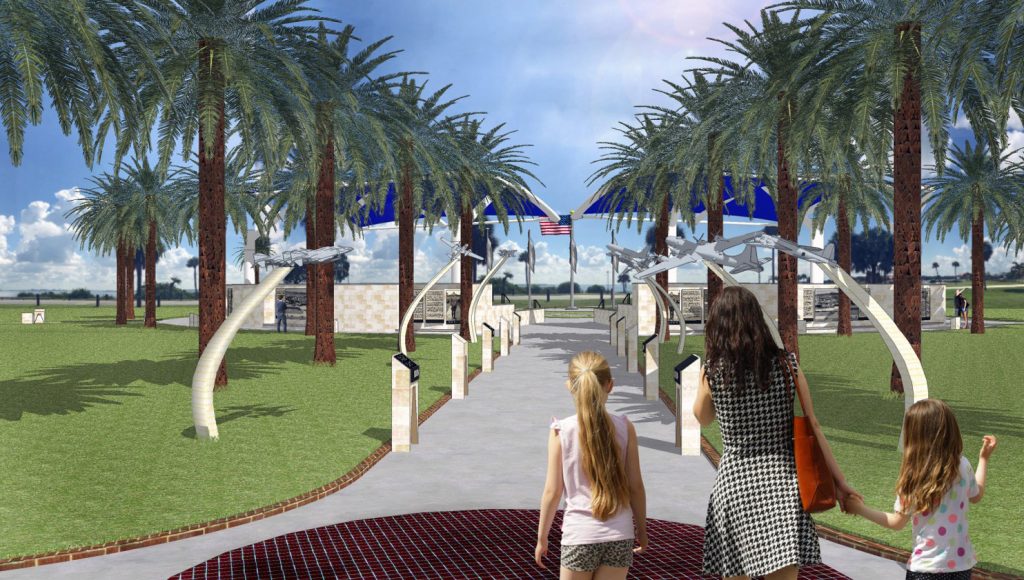
While plans are still being refined, it is estimated that the community park will be completed by Summer of 2018.
Press release text is in italics. Many thanks to Airman 1st Class Ashley Perdue, 6th Air Mobility Wing Public Affairs


1 Trackback / Pingback
Graphic Design, Branding and Aviation Art